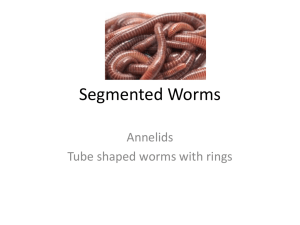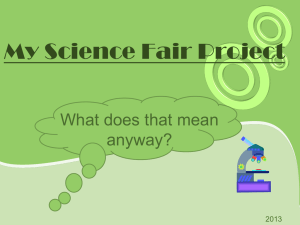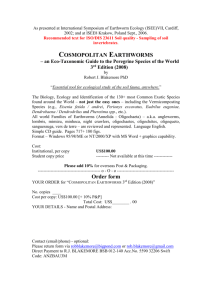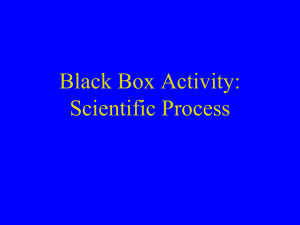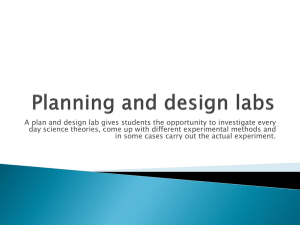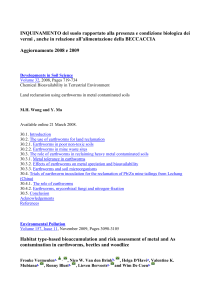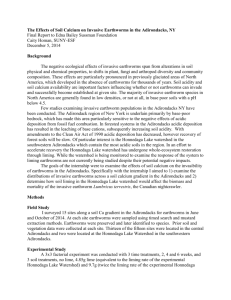Chapter 1- Scientific Method and Microscopes
advertisement
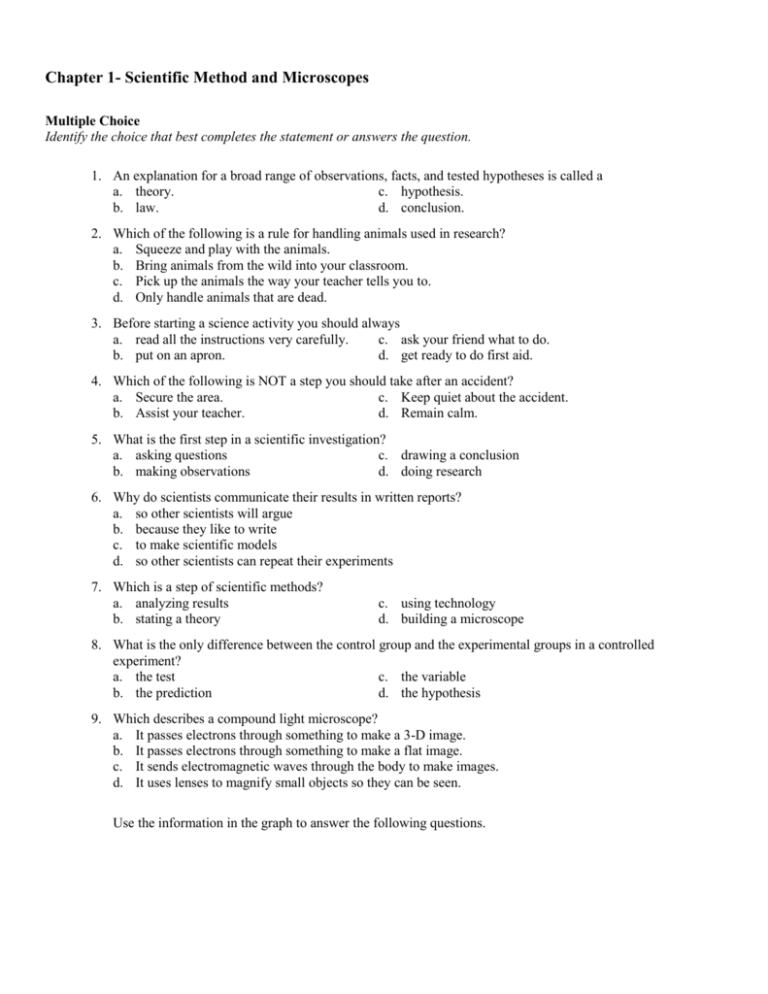
Chapter 1- Scientific Method and Microscopes Multiple Choice Identify the choice that best completes the statement or answers the question. 1. An explanation for a broad range of observations, facts, and tested hypotheses is called a a. theory. c. hypothesis. b. law. d. conclusion. 2. Which of the following is a rule for handling animals used in research? a. Squeeze and play with the animals. b. Bring animals from the wild into your classroom. c. Pick up the animals the way your teacher tells you to. d. Only handle animals that are dead. 3. Before starting a science activity you should always a. read all the instructions very carefully. c. ask your friend what to do. b. put on an apron. d. get ready to do first aid. 4. Which of the following is NOT a step you should take after an accident? a. Secure the area. c. Keep quiet about the accident. b. Assist your teacher. d. Remain calm. 5. What is the first step in a scientific investigation? a. asking questions c. drawing a conclusion b. making observations d. doing research 6. Why do scientists communicate their results in written reports? a. so other scientists will argue b. because they like to write c. to make scientific models d. so other scientists can repeat their experiments 7. Which is a step of scientific methods? a. analyzing results b. stating a theory c. using technology d. building a microscope 8. What is the only difference between the control group and the experimental groups in a controlled experiment? a. the test c. the variable b. the prediction d. the hypothesis 9. Which describes a compound light microscope? a. It passes electrons through something to make a 3-D image. b. It passes electrons through something to make a flat image. c. It sends electromagnetic waves through the body to make images. d. It uses lenses to magnify small objects so they can be seen. Use the information in the graph to answer the following questions. 10. What question did the scientists who collected this data want to answer? a. Are there more earthworms in the soil in the spring or in the fall? b. What is the effect of plowing soil on the number of earthworms? c. How is the size of earthworms affected by the seasons? d. Does plowing soil affect how fast earthworms grow? 11. Where and when were the most earthworms found? a. unplowed soil, spring 1995 c. unplowed soil, fall 1995 b. unplowed soil, fall 1994 d. plowed soil, spring 1994 12. What do the data in this graph show? a. Unplowed soil has more earthworms than plowed soil. b. Plowed soil has more earthworms than unplowed soil. c. Plowing of soil has no effect on the number of earthworms. d. The number of earthworms cannot be predicted. 13. Being curious and asking questions about living things could lead you to study a. physics. c. life science. b. mathematics. d. mechanical engineering. 14. What is the first thing you should do when an accident happens? a. Keep quiet about what happened. c. Tell your teacher, or call for help. b. Remain calm, and assess the situation. d. Secure the area around the accident. 15. A scientist who wants to study the effects of a new fertilizer on plants would probably a. give each experimental group the same amount of the fertilizer. b. not worry about measuring the amount of fertilizer used. c. include a control group that received no fertilizer. d. use different numbers of plants in each group. 16. Andy does not think the Bears will lose a game this year. This is a a. prediction c. hypothesis b. control d. variable 17. Information you collect during an experiment is called (a) a. chart c. graph b. hypothesis d. data 18. An educated guess is a(n) a. hypothesis c. purpose b. observation d. conclusion 19. A set up that involves materials, a procedure, observations, and data can be found in a(n) a. analysis c. hypothesis b. experiment d. conclusion 20. The total magnification of an object under the microscope with an objective of 40 is a. 400x c. 40x b. 100x d. 50x Matching For numbers 21-27 match the step of the scientific method in the proper order. Bubble in the letter that corresponds to each number. a. organize and analyze data b. form a hypothesis c. make an observation that identifies a problem d. state a conclusion ____ ____ ____ ____ ____ ____ ____ 21. 22. 23. 24. 25. 26. 27. e. design and carry out an experiment f. ask questions about the problem g. communicate results to other scientists Step 1 Step 2 Step 3 Step 4 Step 5 Step 6 Step 7 Completion Complete each statement. Use the terms from the following list to complete the sentences below. A. technology B. law C. scientific methods D. controlled experiment 28. A kind of scientific idea that tells you what will happen in a specific situation is a(n) ____________________. 29. The steps scientists use to answer questions are called ____________________. 30. A(n) ____________________ tests only one factor at a time. 31. The application of science for practical purposes is ____________________. Other 32. For numbers 32-41 match the correct letter with its corresponding number a. coarse-adjustment knob ab. stage b. fine adjustment knob ac. stage clip c. eyepiece/ocular lens ad. body tube d. high power objective ae. arm e. low power objective bc. base 32 33 32 34. 36. 35. 37. 38. 39. 40. Diaphragm Mirror/Light 41.


